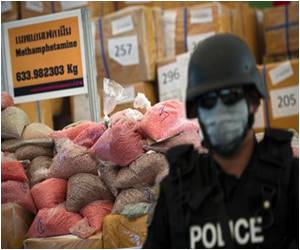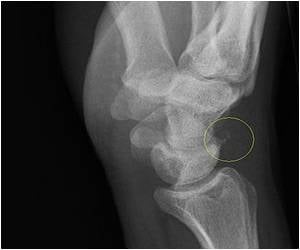When compared with non-users, methamphetamine users showed less sensitivity to risk and reward in one region of the brain, while a greater sensitivity in the other region

The authors used functional magnetic resonance imaging in a study of 25 methamphetamine users and 27 non-users (controls). The patients were examined at rest and when performing the Balloon Analogue Risk Task (BART), which involves the choice to pump up a balloon to increase earnings or cash out to avoid uncertain risk.
Methamphetamine users earned less than the healthy patients on the BART and they showed less sensitivity to risk and reward in the brain region known as the right dorsolateral prefrontal cortex (rDLPFC), greater sensitivity in the ventral striatum and greater mesocorticolimbic resting-state functional connectivity (RSFC). The healthy patients had a greater association between the RSFC of the rDLPFC and sensitivity of the rDLPFC to risk during risky decision making. The authors indicate that may suggest that a deficit in rDLPFC connectivity contributes to dysfunction in methamphetamine users.
"These findings suggest that circuit-level abnormalities affect brain function during risky decision making in stimulant users."
Source-Eurekalert










